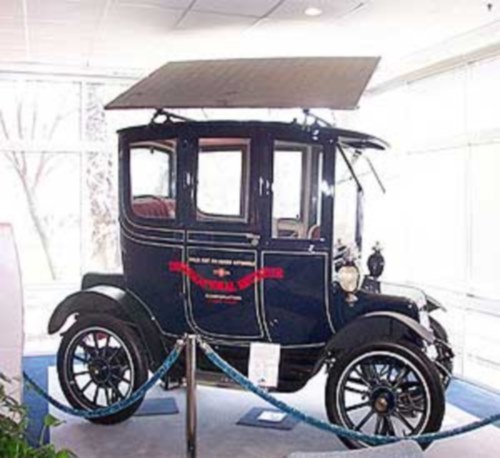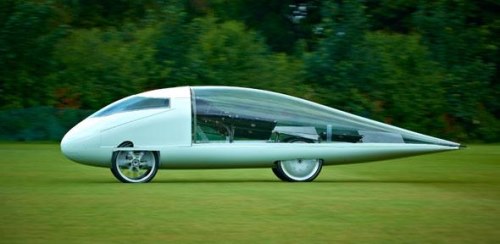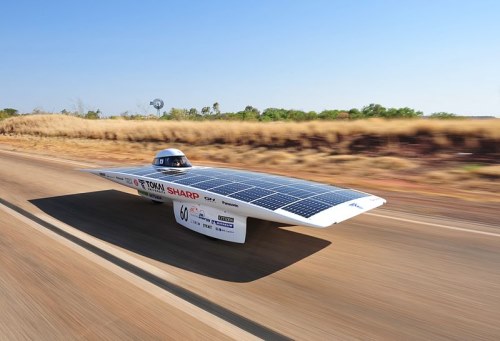For almost 60 years, people have been trying to invent a feasible way for us to drive cars using only the sun’s power in an attempt to lower harmful air pollution.

First fully functional solar car presented in 1962 by the International Rectifier Company.
Not only are solar cars good for the environment, but they’re also very low maintenance and users do not need to spend a lot of money on fuel. The only problem is, engineers haven’t been able to create a solar vehicle with aerodynamic features.
Now, University of Cambridge engineering students have developed a solar vehicle prototype, named “Resolution,” that offers the benefits of solar power, but also provides a driver with the speed features of a typical car.
The vehicle, unveiled last week at the Millbrook Race Track near Bedford, U.K., was developed to compete in the World Solar Challenge, a 1,864-mile race held in Australia that requires all participating cars to be powered by the sun alone.
How it works
Resolution contains moving solar panels that maximize power by tracking the sun’s path. Traditional solar cars have had to sacrifice aerodynamic performance in order to possess the capabilities of running on just the sun’s power.

Resolution, a solar-powered car designed by the University of Cambridge. (Image via CUER)
The team designed the vehicle so that it can adapt to the sun’s movements, but also maintain a shape ideal for aerodynamic performance.
“To make the car as fast and powerful as possible, we needed to find a way to separate the two ideas out, rather than find a compromise between them,” said Keno Mario-Ghae, team manager for Cambridge University Eco-Racing, based at the university’s department of engineering.
To do this, the team embedded an aft-facing tracking plate in the sun’s trajectory and move the panels itself so they are always in the best position for sunlight.
The team estimates that this tactic will give the car 20% more power than it otherwise would have had.
They wanted to break away from the typical “tabletop” look of most solar cars, so they placed the plate under a canopy that forms the teardrop shape of the solar vehicle. The canopy thus encases the solar panels and makes them part of the shape. The end result: the car retains its aerodynamic look.
Resolution’s features
Resolution is a pretty small vehicle. It’s only 16 feet long, 26 feet wide, and weighs about 265 lbs. Unfortunately, Resolution is only about 3.5 feet tall, so only drivers shorter than 5 feet 3 inches tall can operate the vehicle. (The team did this on purpose in order to make the car as fast and efficient as possible.) Future models can be adapted for comfort rather than speed.
Resolution can reach speeds of almost 87 mph and needs about the same amount of power as your hair dryer to achieve this.
Each part of the car is strategically positioned to maximize efficiency. For example, the motor is located in the hub of the wheel so that there’s no need for gears, chains, or differentials. It also contains “intelligent cruise control” that monitors traffic, weather, and driving style and can advise the team during the race.
The future
The Cambridge University team has already participated in the World Solar Challenge three times, but has thus far not been able to emerge victorious due to battery issues or poor weather conditions.
“The cumulative effect is, we think, a radical, race-winning design that also incorporates elements that could be used more widely in a low-carbon future,” said Mario-Ghea.
The World Solar Challenge occurs every two years. The 2011 winner was designed by Tokai University in Japan. Dubbed the Tokai Challenger, it covered the track in just less than 30 hours at an average speed of 62.47 mph.

Last year's World Solar Challenge winner, The Tokai Challenger.
For more information visit the University of Cambridge.
Advertisement
Learn more about Electronic Products Magazine





